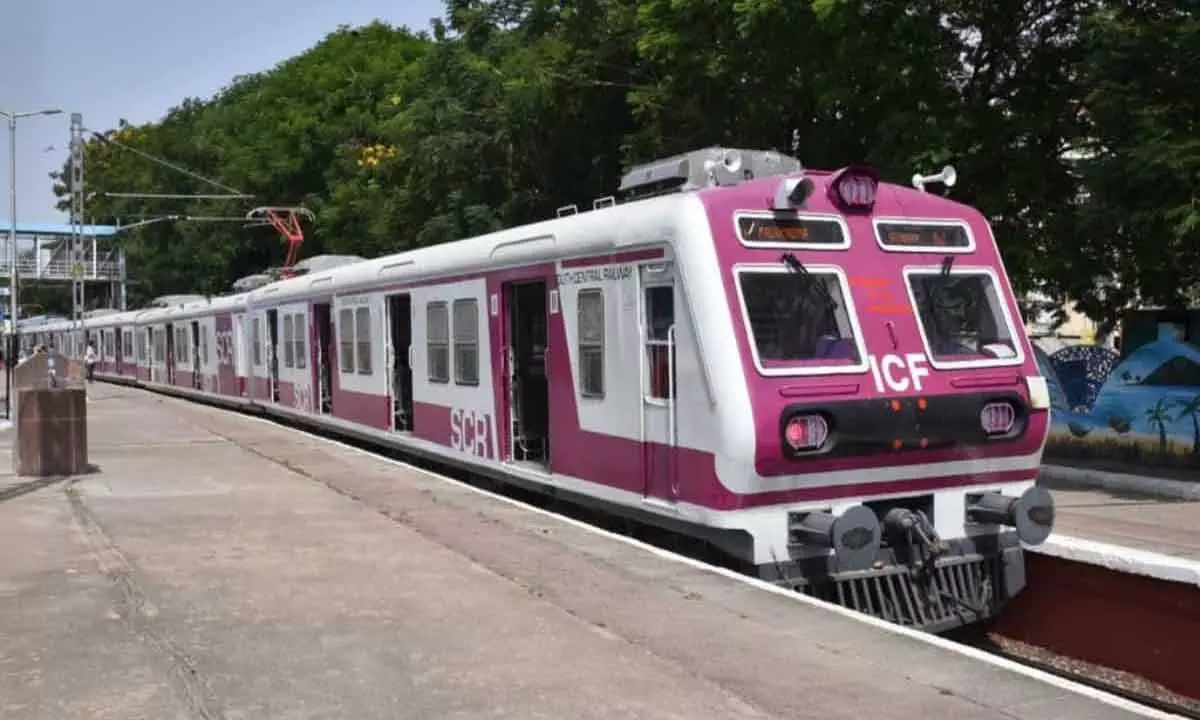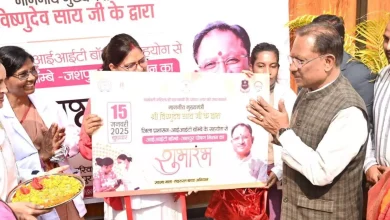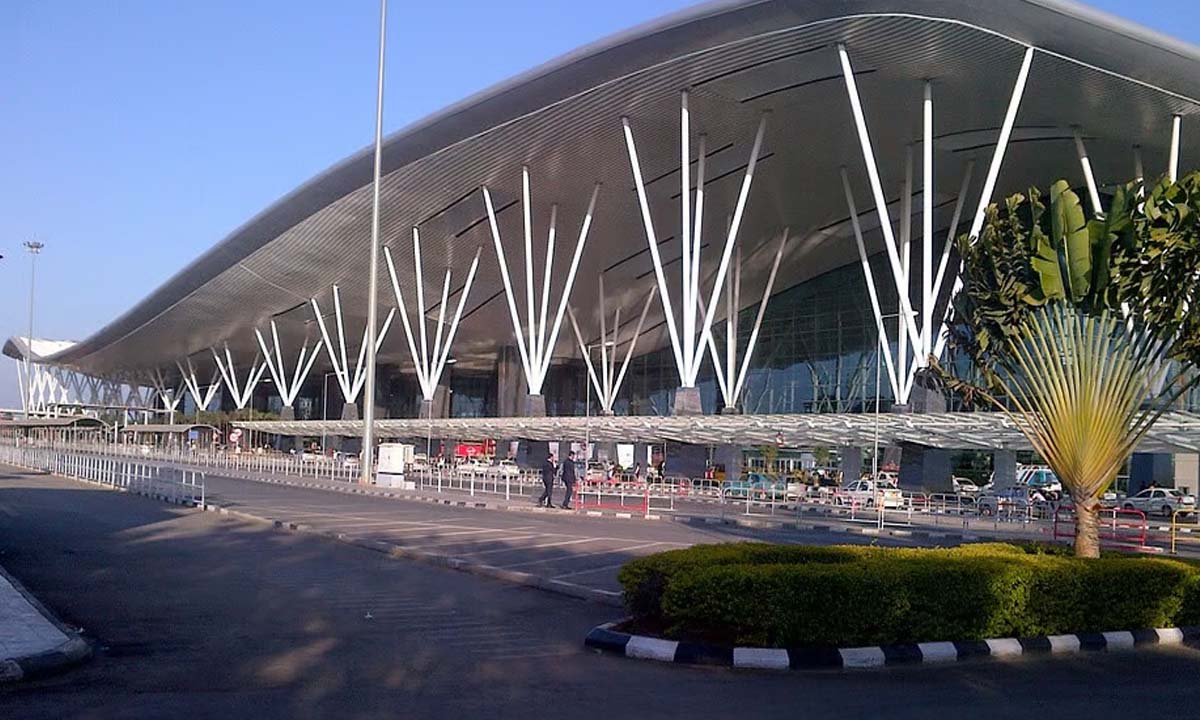
Hyderabad: The Multi-Modal Transport System (MMTS) marked its 20th anniversary on Wednesday. While recognised for its affordability, the service is grappling with low patronage, with occupancy lingering at around 50 percent. This year, there have been more cancellations than usual, especially on weekends, leading to dissatisfaction among daily commuters. As per South Central Railway (SCR) authorities, on August 9, 2003, the inaugural MMTS service was launched by former Deputy Prime Minister LK Advani at Secunderabad station. The service featured six-coach local trains operating on the Secunderabad-Lingampalli and Hyderabad-Lingampalli routes, covering a distance of 29 km. The following year, the Secunderabad-Falaknuma section (15 km) was seamlessly integrated into the same network. On condition of anonymity, senior officer, SCR, said, “Prior to the COVID-19 pandemic, a total of 121 trains were operational on the MMTS Phase I routes. However, in the post-COVID era, the current count stands at around 86 MMTS trains, with an additional 13 recently introduced services connecting Secunderabad and Medchal. Unfortunately, the majority of these services are experiencing significantly reduced patronage compared to their pre-pandemic levels. Various factors contribute to this decline in occupancy. Track maintenance and operational issues have led to several train cancellations this year. For instance, in July, approximately 22 MMTS trains were temporarily cancelled. These cancellations have likely contributed to the lower occupancy rates. Further, the ongoing trend of many IT companies operating on a work-from-home or hybrid basis has impacted the demand for MMTS services. In these areas, alternative transportation options such as bus facilities and the metro system are readily available, adding to the challenge of attracting passengers back to MMTS trains.” Noor Ahmed, General Secretary for LT (long train) & MMTS, said, “The MMTS services running between Falaknuma and Lingampally have successfully completed 20 years. Prior to the COVID-19 pandemic, these sections maintained a satisfactory occupancy rate. However, since the resumption of services after the pandemic, the occupancy rate has remained at approximately 50 percent, regardless of whether it’s during morning or evening hours. Regrettably, daily trains often operate with limited passengers, largely due to inconvenient departure and arrival timings. One noteworthy concern is the impractical arrival time of the first train at Secunderabad, which is around 9:45 am. This timing lacks utility and merely consumes electrical energy, as it doesn’t effectively cater to commuters’ needs. It is advisable to monitor and address the issue of low ridership by adjusting the schedule to better suit the preferences of the passengers.” “Due to the lack of irregular timings of MMTS, we are opting another mode of transport, it will be better if SCR officials increase the frequency so that occupancy rates increase,” said daily passengers.
















